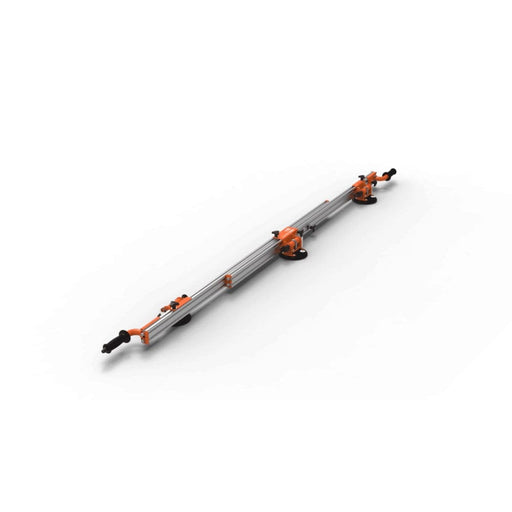What are Gauged Porcelain Tile Panels (GPTP)?
GPTP is a revolutionary innovation in tile manufacturing, creating large, thin, and durable panels ideal for floors, walls, and even furniture.
💡 Key Point: Durability and Design
GPTP's thin profile and durability make it a versatile choice for both residential and commercial spaces, revolutionizing interior design.
GPTP vs. Regular Tile
GPTP panels are considerably larger than traditional tiles, with dimensions up to 1.5×3 meters. These panels require ANSI and TCNA certified installation tools and techniques.
Size Comparison: GPTP offers more extensive coverage with fewer grout lines, ideal for seamless design.
GPTP Tools: Essential for Professional Installation
Installing GPTP requires specific tools, from precision cutters to suction cups for safe handling. Here’s a breakdown of crucial tools:
- GPTP Cutters - High-precision cutters designed for large-format tiles.
- Suction Cups - Essential for handling GPTP without damaging the surface.
- Specialized Mortars - Formulated to adhere effectively to GPTP’s surface.
💡 Pro Tip: Surface Preparation
Ensure the surface is clean and level to maximize adhesion. Using the correct GPTP tools is essential for long-lasting results.
Installation Costs
GPTP installation is a premium choice, costing between $100 and $250 per square foot. This reflects the specialized labor and tools needed for quality installation.
Frequently Asked Questions
Are GPTP panels waterproof?
Yes, GPTP panels are suitable for wet areas with proper waterproofing techniques.
What tools are required for GPTP installation?
Specialized tools such as large-format cutters, suction cups, and mortars are necessary for GPTP installations.
Can GPTP be used in residential spaces?
Absolutely! GPTP is ideal for residential spaces due to its seamless look and durability.






Leave a comment